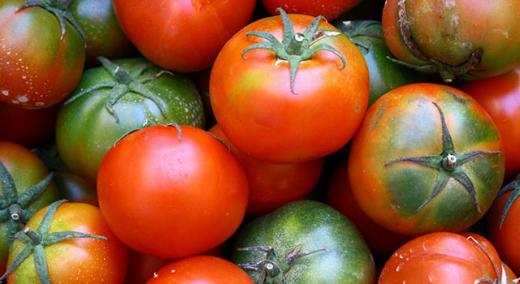This story was originally published by Knowable Magazine.
If you’re lucky, you’ve tasted a perfectly ripe fruit—a sublime peach, perhaps, or a buttery avocado. But odds are most of the fruit you’ve eaten tastes more like wet cardboard. Although plant breeders have mastered growing large, perfect-looking fruits that resist decay, ship easily, and are available year-round, flavor has fallen by the wayside.
|
ADVERTISEMENT |
That’s starting to change. Amid growing consumer interest in sustainable farming and good food, researchers are delving into the complex biochemistry and genetics of fruit flavor with renewed zest. Here are some basic facts about fruit, how it ripens, why much of it tastes so bland—and how scientists are trying to reclaim lost flavors.
What is fruit and how is it made?
Botanically speaking, fruits are mature, ripened ovaries containing seeds. These seed suitcases can be dry, like a pea pod, or fleshy, like an apple or tomato. A fleshy fruit, from the plant’s point of view, is a fee-for-service: a nutritious meal offered to an animal in exchange for dispersing the seeds inside.
…

Add new comment